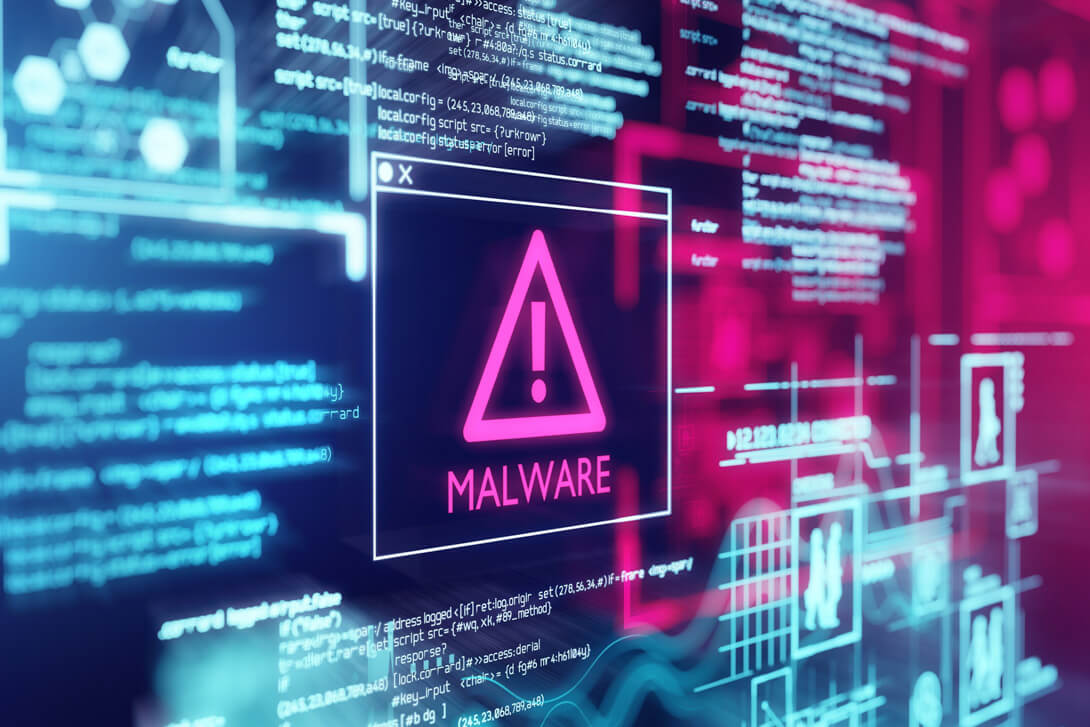Day-by-day the tactics of hackers are enhancing their skills but, then also one thing remains constant i.e., retailers are at the primary target of attackers. It has now become a widespread problem, arising fear in the heart of businesses who use cloud computing for their growth. Along with the sheer amount of cybercrimes that occur regularly, retailers need to increase their security maturity level. Going through cyber security risks involved and understanding them along with the measures that can be acquired to reduce them, will assist retailers of both small and large companies.
Difficulties While Working Online
Adoption of cloud computing technology is like a dual-edged sword regardless of the company – on one side it’s a potential step ahead and a chance for transformation, and on the other side, it brings challenges of mistakes and cybersecurity risks that impact errors and product bugs – opening gates for Cyber attackers to benefit them. Retailers need to be known of the fact that e-commerce is already a major target for cloud computing attacks. It is so because rich-picking of customers’ PII (personally identifiable information) is associated with the payment information required to fulfill transactions. At the initial stage, personal records get stored on the cloud to grow business and provide work flexibility in the business environment.
When a retailer is attacked potentially million of officials fall victim to the attacker, who has the power to access business confidential data and can be sold it on the dark web. Attackers can merge the captured data with other sets of information for building up useful general public profiles. The purpose of this sort of activity can be to attempt phishing campaigns and identity theft.
No matter how large or small is the organization is but, cybercriminals have become more sophisticated and are developing their automation skills due to which no companies are protected in today’s date. The hospitality, accommodation, and retail area at the top of the list of most targeted companies, but targeted threats are decreasing. Organizations can use ‘spray and pray’ threat automation to address and exploit the vulnerability without being known about the company profile.
Maturity Required in Handling Cyber Security Risks
The PCI DSS is a standard of information security for companies that stores credit card information of their client. PCI compliance states that retailers have the right to control the payment card records, which they process and also, take measures to safeguard them from fraud and data theft. It is demanded by legal law in several states of the United States and European countries (you need to recheck the status of regulatory in the region you live in), which means that any retailer who is not recently in trend with PCI has to immediately acquire steps to perform the same. The fines for non-compliance are as high as $100,00 each month or $500,000 per Cybersecurity threat.
Different level of PCI compliance exists and any firm who acquires transactions for services or goods on the web, even if that actual payment is outsourced, must pass through some assessment level. Any company that operates public apps must adopt cloud computing security measures on their own, test them, and if executing bespoke programs, program the best measures at their core part. This comprises of multiple considerations within it :
- Get Familiar With OWASP Top 10 – Ensure that the older editions of security applications apply only to other machines. Just because something has been dropped in priority in the recent OWASP edition doesn’t mean it is at a lower scale for you if your program or elements are dated.
- Completely Test Deployed Security – To overcome Cybersecurity risks, it is essential to focus on security by testing all the things against elements that could impact product security. Consolidation and regression testing are important; unit and smoke testing approaches are not sufficient for security important components like data access, authentication, and integration.
- Monitor 3rd Party Vendor Websites – It is the responsibility of companies to monitor the third-party component provider websites and other vulnerabilities lists to address priority patches, which have to be placed at their accurate place. Making use of 3rd party plugins or modules might seem like a financial saving, but it has to be reduced with security maturity and processes.
- Authenticate Every Person – For this, the best option is to enable a multi-factor authentication feature in every business online account. At least this will ensure that the account is being used by an authentic individual. In most of the CSP applications, this option is available for free as an option, like in Gmail, Microsoft Office 365, and others.
Conclusion
Holding a healthy IT security infrastructure by overcoming Cybersecurity risks, requires ongoing operations and feedback. The latest IT security team should consist of data analysts and threat hunters for predicting how the most important information can be stolen and regularly monitor the symptoms of threat occurrence. Retailers have to be focused upon their business reputation and prefer enforcing of ‘buy not code’ approach, wherever possible. For example – you can adopt a cloud access security broker vendor for your company, who will be responsible only for securing client’s confidential data stored on the cloud.

